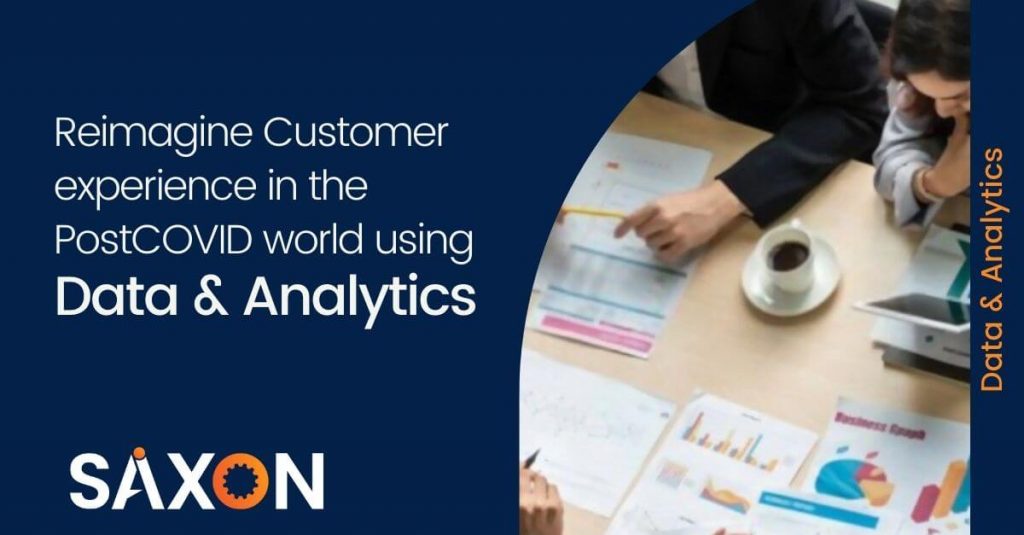The COVID-19 crisis will end at some point. As the consumer businesses bounce back, we expect changes in consumer preferences and business models to outlast the immediate crisis. More and more customers have grown comfortable with digital, remote, and low-touch options, even in rural and older populations. This means creating a flawless digital customer experience that is at least a replica of the in-store experience. For most companies, getting the customer experience right looks more straightforward than it is, and many believe they are already doing a good job. However, in our daily experience, we often see a large gap between the experience customers expect and what is delivered. But why is this the case? What are the significant challenges we are seeing out there today?
There are many reasons, such as broken customer connectivity, misaligned CX strategy, lagging technological infrastructure, incomplete CX measurement, and insufficient data insights. Among these insights provide the capability to understand customers personally and listen to customers more. However, marketers have long acknowledged that relying on market research and surveys to deliver deep consumer understanding is no longer sufficient. User-driven companies are observing customer behavior and doing ethnographic and design research to gather “thick” data, in addition to “big” data. Companies use this ethnographic data to develop insights and test them in fast cycles.
The purpose of CX analytics is to drive near-real-time, return-on-investment(ROI)-focused decision-making for CX strategy and daily management. It creates a comprehensive 3-D customer view and adds a “fourth dimension” (4-D) of predictive insight.
The approach involves three steps:
• Bring a successful data-and-analytics transformation. Aggregate various customer and operational data sources to establish the data-cube foundation
• Model a predictive scoring system. Leverage multiple machine-learning techniques putting 4-D customer insight to use
that study the relationships between crucial journey features, sentiment, and loyalty to determine which data are essential to health and revenue outcomes for 100 percent of customers
• Operationalize the system for action. Build an API-enabled optimization model for determining next-best-action recommendations at the micro-segment level to maximize customer and revenue outcomes.
By using this, the baseline CX analytics infrastructure is established, and at the next level, we work on transforming it. This involves:
- Use AI to identify negative emotions that drive undesired behavior and actions
- Use Signals to predict CX metrics
- Discover unknown UX patterns to prevent potential issues
- Use Real-time analytics to intervene and drive the right customer interaction
- Identify trends and improve the CX engagement levels
- Use journey analytics to measure and improve cross-channel behaviors
- Enable natural language generation to facilitate business users’ decision making
Powerful insights emerge, and tailored actions can be taken when traditional data points turn into real insight and relevant, microsegment level interventions of user experience.

